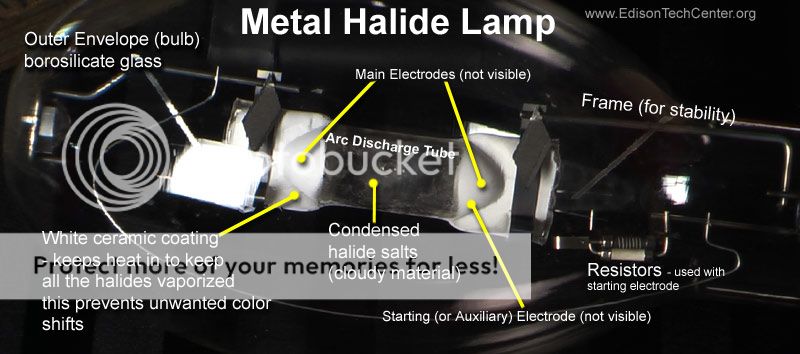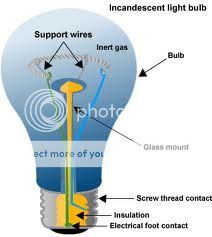for any history buffs out there
T-spot was the marketing take on the internal (derogatory) R&D name --
tin-spot
Originally the design and prototype were in aluminum extrusion. You had buy
a batch to get a couple of samples -- consequently there was a
shed, at the
toothpaste factory, full of extrusion for several years. The
CCT Sil was
beating the **** out of the 763/4 and marketing wanted an "improved" 763/4
with a
zoom option and a plug-in lamp tray
etc.
The old
Strand Electric's
lantern design philosophy was to buy in most of
the housing parts preformed. For example (very innovative at the time) deep
(large) high pressure die castings for the patt. 23 and 123s, heavy
stampings for the patt. 243 and 263/4.
The 263/4 was
Strand's response to Century's die cast
Leko - the
Source Four of
its day (and doesn't history just repeat itself with the SL response!). The
original 263s were first used around the
proscenium for **Blitz!** in 62.
They used 120 volt lamps, no 240 volt lamps available till later. 2
lanterns were connected in series - the lamps lasted for ever. This was all
prior to quartz-iodine/
tungsten-halogen. Lamps had to burnt cap up, as the
bulb blackened due to deposits of
tungsten spattered off the
filament. A
long neck and cap up encouraged the blackening to occur on the neck, so not
dimming the lamp output while the
filament was still intact. (The TV globes
of the day, had gun shot inside -- when they blackened, you could take the
lamp out of the light, shake it around a
bit, and the gun shot took the
blackening off the inside of the
bulb)
The 263 designation was without the serrated shutters, the 264 designation
was with. The second set of shutters was something just to be different to
those Yanks. Bi-focal was touted as being able - from box positions, to
give a hard cut off on the pros and a soft cut off on
stage - on box sets to
give hard cut off on the ceiling
line and soft cut offs within the set.
Most professionals never used the feature.
When the time came to do the
tungsten-halogen version of the 263/4 -- towit
the 763/4 -- all that really needed to be done was to turn the existing
263/4s upside down (like the
current Selecon *
Pacific* range) and put in the
new lamps on a spacer (they didn't darken and so had short necks) - would've
done wonders for
pinch seal temperature and consequently lamp life. Lamp
life - always a bugbear of
ellipsoidal design.
But somebody in the old
Strand Electric had pushed the idea they could avoid
(a) buying in major subassemblies and (b) spending significant sums of money
on their tooling, if they built the housings all in-house. They'd use
smaller stamped parts, made on smaller presses that they could afford to
buy, and by riveting together several smaller parts make a housing.
Around this time
Strand sold out to Rank.
But Rank took on the old
Strand Electric's (Ken Mould's) grand (and stupid)
plan for all-in-house-under-one-roof manufacturing to be based in
Manchester, and implemented the plan lock-stock-and-barrel in Kirkcaldy,
Fife, Scotland (north over the Firth from Edinburgh, location of the
Scottish
play, birthplace of Adam *Wealth of Nations* Smith
etc - but not a
theatre in sight).
Previously the Rank Disorganization had made a commitment to government to
use a new (free) factory in Kirkcaldy to provide work for redundant coal
miners in the area. Rank planned on making Aldis equipment there, but
they'd bought Aldis without doing their homework and Kodak Carousel
etc. obsolete Aldis overnight. So the Rank boys desperately needed something
to fill the factory - the spat between John Davis (MD Rank) and Jules Thorn
(MD Thorn) gave them
Strand to put there.
So as one result, when the new 763/4s first came out, they clicked up a
storm -- as the various small housing pieces - some nearer and some further
from the lamp - expanding and contracting against each other at the riveted
joints. The 763/4s appeared cheap and nasty as compared to the 263/4s and
the competition (CTT Sils) with integral housings.
The T64/84 carried on the tradition, but only because the Rank powers that
be had implemented the Mould plan. They killed off the A-spot, which
wouldn't have required in-house manufacture of the housings - nothing for
the ex-miners to do.




